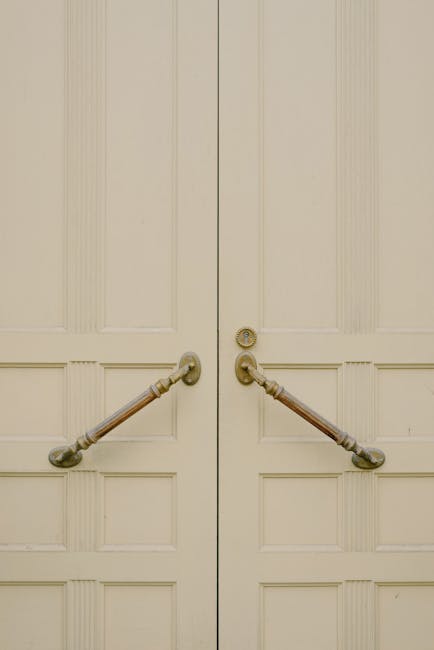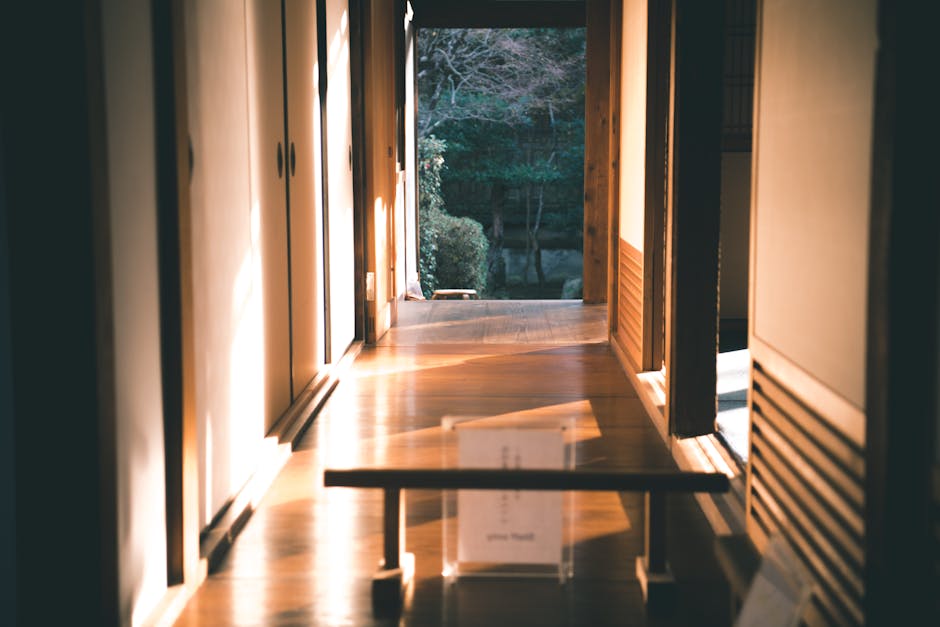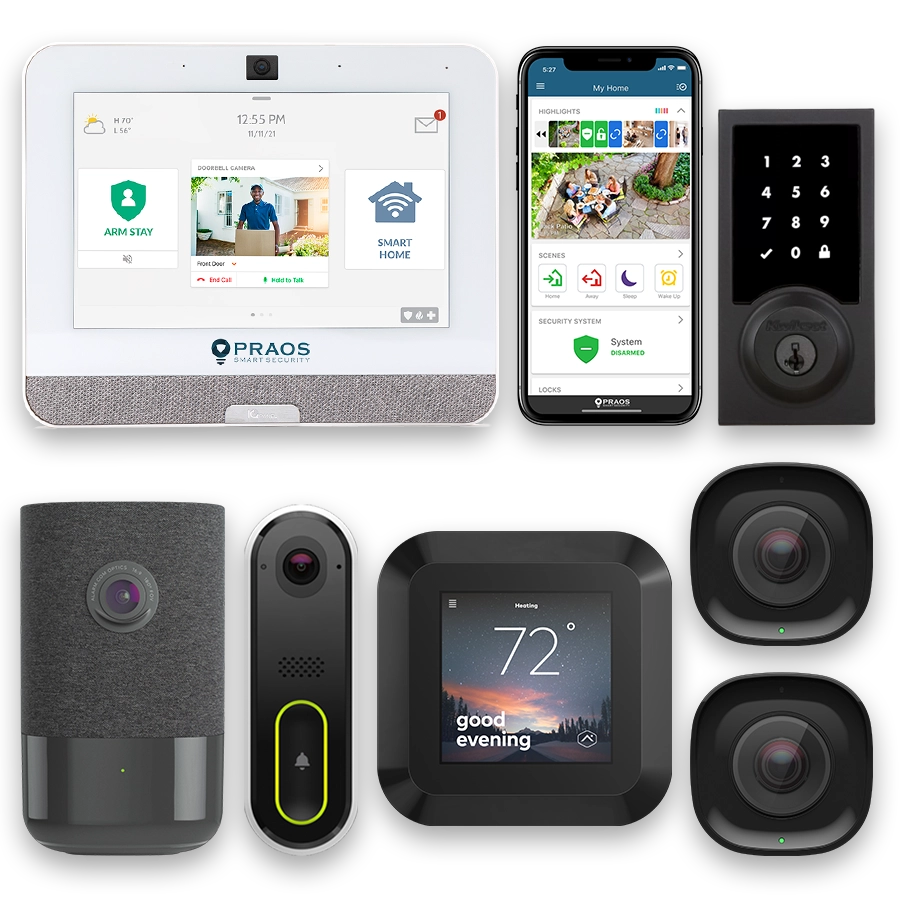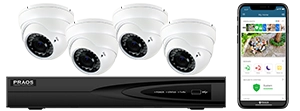Understanding Surveillance Camera Technology
Understanding the principles and functionalities of surveillance camera technology is crucial for making informed decisions on their placement and utilization. Surveillance cameras have evolved significantly over the years, providing various features that enhance security and monitoring capabilities.
There are several types of surveillance cameras, each designed for different needs and environments. Dome cameras are commonly used for indoor surveillance due to their wide viewing angle and unobtrusive design. Bullet cameras, with their long, cylindrical shape, are ideal for outdoor surveillance as they can focus on specific areas like driveways or entry points.
When selecting surveillance cameras, consider the following key features:
- Resolution: Higher resolution cameras provide clearer images and are better suited for identifying individuals or objects. Common resolutions include 720p, 1080p, and 4K.
- Field of View (FoV): This indicates how much area a camera can cover. Wide-angle lenses (above 90 degrees) are ideal for monitoring large spaces, while narrower angles focus on specific points.
- Night Vision: Infrared (IR) LEDs enable cameras to capture clear images in low light or complete darkness, essential for 24/7 surveillance.
- Motion Detection: This feature triggers recording and alerts when movement is detected, helping to save storage space and ensuring critical moments are captured.
- Weather Resistance: Outdoor cameras should be weatherproof to withstand harsh conditions. Look for Ingress Protection (IP) ratings such as IP66 or IP67 for optimal durability.
- Connectivity: Wired cameras offer stable connections and consistent power, while wireless cameras provide flexibility in placement but may require regular battery changes or charging.
Advancements in technology have also led to the integration of smart features. AI-powered cameras can distinguish between types of movement (such as pedestrians versus vehicles) and provide more accurate alerts. Additionally, cloud storage options enable remote access and management of recorded footage from anywhere.
Overall, understanding these technological aspects helps in choosing the right surveillance cameras that suit your property’s specific security needs. Proper selection ensures efficient monitoring and maximizes the effectiveness of your surveillance system.
Main Entry Points: Front and Back Doors
Installing surveillance cameras at the main entry points of your property, such as the front and back doors, is crucial for enhancing security. These areas are often the primary targets for burglars and unauthorized individuals seeking entry, making them high-risk zones that require close monitoring.
Front Door: According to law enforcement and security experts, the front door is the most frequent access point for home burglaries, with nearly 34% of burglars using the front door to gain entry. Placing a surveillance camera here can help in identifying unwanted visitors, package thieves, and monitoring general activity.
When installing a camera at the front door, ensure it is placed at a height that captures clear facial recognition. It’s recommended to position the camera 8 to 10 feet above the ground, angled slightly downward to avoid direct exposure to sunlight or lights that could result in glare. Additionally, consider installing a video doorbell camera, which combines a doorbell with a camera and allows for real-time communication with visitors.
Back Door: The back door is another critical entry point that requires surveillance, as 22% of burglars use this entrance. Often more secluded than the front, the back door is susceptible to break-ins due to less visibility from the street or neighbors.
Position the camera similarly to the front door—8 to 10 feet high and angled downwards. Make sure the camera is weatherproof if it’s exposed to outdoor elements and that it has night vision capabilities for clear footage during nighttime hours.
Below is a table summarizing the key recommendations for camera placements at these main entry points:
| Main Entry Point | Recommended Placement |
|---|---|
| Front Door | 8–10 feet high, angled downwards, consider video doorbell |
| Back Door | 8–10 feet high, angled downwards, ensure weatherproof |
In conclusion, placing surveillance cameras at the front and back doors significantly boosts the security of your property. By following these guidelines, you enhance the likelihood of capturing clear and useful footage, thereby deterring criminal activities and aiding in post-incident investigations.
Driveways and Garages: Vehicle Security
Driveways and garages are critical areas to consider when installing surveillance cameras around your property. These locations often contain valuable assets, such as vehicles, tools, and outdoor equipment, making them prime targets for theft. Properly positioning cameras in these areas can significantly enhance your overall security system.
Driveways serve as primary access routes for vehicles entering and exiting your property. By monitoring this area, you can track who comes and goes, providing an added layer of security. Surveillance in driveways can also help in documenting incidents, such as vehicle accidents or unauthorized access attempts. Data from various law enforcement agencies highlight that visible cameras in driveways act as a deterrent to potential criminals.
Garages are another high-risk area. Often, garages house expensive equipment, vehicles, and sometimes even provide secondary access to the home. Garages are also more secluded than other parts of the property, making them more attractive to intruders. Placing surveillance cameras here can help in monitoring activities and provide valuable footage in case of a break-in.
When installing cameras in driveways and garages, it is important to focus on optimal placement to ensure maximum coverage. Here are some key spots to consider:
- Position cameras to cover the entrance and exit points of the driveway.
- Install cameras at a height to avoid tampering and provide a wider field of view.
- Ensure cameras cover any windows or secondary access points in the garage.
- Utilize motion-activated cameras to conserve storage and enhance the efficiency of your surveillance system.
Below is a comparison of the effectiveness of different camera placements within driveways and garages:
| Area | Benefits of Surveillance |
|---|---|
| Driveway Entrance | Tracks all vehicle entries and exits; serves as a deterrent. |
| Garage Exterior | Monitors for unauthorized access attempts; protects valuable equipment. |
| Interior Garage | Surveys stored items; provides evidence in case of theft. |
In conclusion, the strategic placement of surveillance cameras in driveways and garages is essential for effective vehicle and property protection. With the right setup, these areas can be closely monitored, contributing significantly to the overall security of your home.
Outdoor Common Areas: Yards and Patios
When considering surveillance camera placement, outdoor common areas such as yards and patios are crucial for comprehensive coverage of your property. These areas often serve as key spots for recreational activities and can be entry points for unauthorized access, making them important to monitor.
Coverage of Active Spaces
Yards typically serve as open spaces where family activities occur, making them vulnerable to trespassing or unauthorized access. Positioning cameras strategically in these areas can help deter and document any suspicious activity.
For optimal coverage, ensure that cameras are placed at strategic vantage points, such as elevated spots on exterior walls or poles. This can maximize the field of view and reduce blind spots. Additionally, consider cameras with wide-angle lenses to cover larger areas without needing multiple devices.
Monitoring Patios and Decks
Patios and decks are extensions of the home’s living space and frequently house valuable outdoor furniture, grills, or other equipment. Monitoring these areas can help prevent theft and vandalism, providing an extra layer of security.
Installing cameras under eaves or awnings can offer protection from weather elements while ensuring a clear view of the patio or deck. Opt for cameras with features such as night vision and motion sensors to enhance security both day and night.
Key Considerations for Outdoor Surveillance
- Weatherproofing: Outdoor cameras should be weatherproof to withstand various climatic conditions. Look for cameras with an IP65 or higher rating.
- Lighting: Ensure adequate lighting in the surveillance areas to improve image quality. Infrared cameras or additional outdoor lighting can enhance visibility in low-light conditions.
- Privacy: Position cameras in a manner that respects neighbors’ privacy to avoid any legal issues or complaints.
- Coverage Area: Use the camera’s specifications to determine the coverage area and field of view to ensure comprehensive monitoring of the outdoor spaces.
By effectively placing surveillance cameras in yards and patios, homeowners can significantly enhance the security of their outdoor common areas, providing peace of mind and contributing to the overall safety of the property.
Perimeter Surveillance: Fences and Property Boundaries
When considering the security of your property, perimeter surveillance is crucial. Installing surveillance cameras around fences and property boundaries significantly enhances overall security and provides an early alert system for potential intrusions.
Key Benefits of Perimeter Surveillance
Perimeter surveillance offers several key benefits:
- Early Detection: Spotting suspicious activity at the boundary can deter intruders before they reach your home.
- Extended Coverage: Covers areas that are often overlooked, ensuring comprehensive monitoring of your property.
- Preventative Measures: Visible cameras can act as a deterrent, reducing the likelihood of trespassing.
Strategic Camera Placement
For effective perimeter surveillance, placing cameras strategically is essential. Here are some guidelines:
- Corners of Property: Cameras positioned at the corners can cover a larger field of view, maximizing the surveillance area.
- Entry Points: Gates, driveways, and other access points should have dedicated cameras to monitor incoming and outgoing traffic.
- Regular Patrol Routes: If you have security personnel, cameras should be placed along their patrol routes to supplement human observation.
Weatherproof and Night Vision Capabilities
Since perimeter cameras are often exposed to the elements, choosing models with weatherproof and night vision capabilities is important:
- Weatherproof Cameras: Ensure the cameras are rated for outdoor use, capable of withstanding rain, snow, and extreme temperatures.
- Night Vision: Infrared (IR) or thermal cameras can provide clear imaging in low-light conditions, increasing security during nighttime hours.
Integration with Other Security Systems
Integrating perimeter cameras with your overall security system enhances efficacy:
- Alarm Systems: Connect cameras with alarm systems to trigger alerts in case of detected movement or breaches.
- Lighting: Pair cameras with motion-activated lights to improve visibility and recording quality.
- Monitoring Services: Utilize professional monitoring services to respond promptly to any suspicious activity captured by the cameras.
Implementing perimeter surveillance is a proactive step in fortifying your property against potential threats. By following these guidelines for camera placement, weatherproofing, and system integration, you can ensure a secure and, well-monitored boundary around your home.
Indoor Priority Areas: Hallways and Main Rooms
When considering where to place surveillance cameras inside your home, hallways and main rooms should be prioritized due to their high traffic and critical nature. Proper placement in these areas ensures that any movement or activity is effectively monitored, providing comprehensive security coverage.
Hallways serve as thoroughfares that connect various rooms and areas within a home. Installing cameras in hallways can monitor movement between rooms and detect unusual behaviors. Cameras should be placed at strategic points where they can cover the entire length of the hallway, especially near entry and exit points of the home.
Main Rooms, such as the living room, kitchen, or family room, are common areas where people spend most of their time. These rooms are also likely to contain valuable items such as electronics, artwork, and other personal belongings. Placing surveillance cameras in these rooms can help in monitoring day-to-day activities as well as in detecting any unauthorized access or suspicious activities.
Benefits of installing cameras in these indoor priority areas include:
- Enhanced Security: Continuous monitoring of high-traffic areas helps in quickly identifying and responding to potential security breaches.
- Activity Monitoring: Keeps track of daily activities and movements, providing a clear record in case of any incidents.
- Deterrence: Visible cameras can act as a deterrent to intruders who may otherwise target these vital areas.
It is important to choose cameras with features suitable for indoor surveillance, such as wide-angle lenses to cover larger areas, high-definition video quality for clear footage, and perhaps even audio capabilities for additional monitoring.
The following table summarizes key factors to consider when installing cameras in hallways and main rooms:
| Factor | Considerations |
|---|---|
| Field of View | Wide-angle lenses are ideal for covering large areas within rooms and hallways. |
| Resolution | High definition (HD) cameras provide clearer and more detailed video footage. |
| Lighting | Adequate lighting is crucial for video clarity; some cameras come with night vision capabilities. |
| Audio Features | Audio recording can enhance surveillance by capturing sound in addition to video. |
In conclusion, placing surveillance cameras in hallways and main rooms significantly beefs up the security of your property. By thoughtfully selecting and positioning these cameras, homeowners can ensure these critical areas are well-monitored, contributing to overall safety and peace of mind.





